Written by Millie Mannering
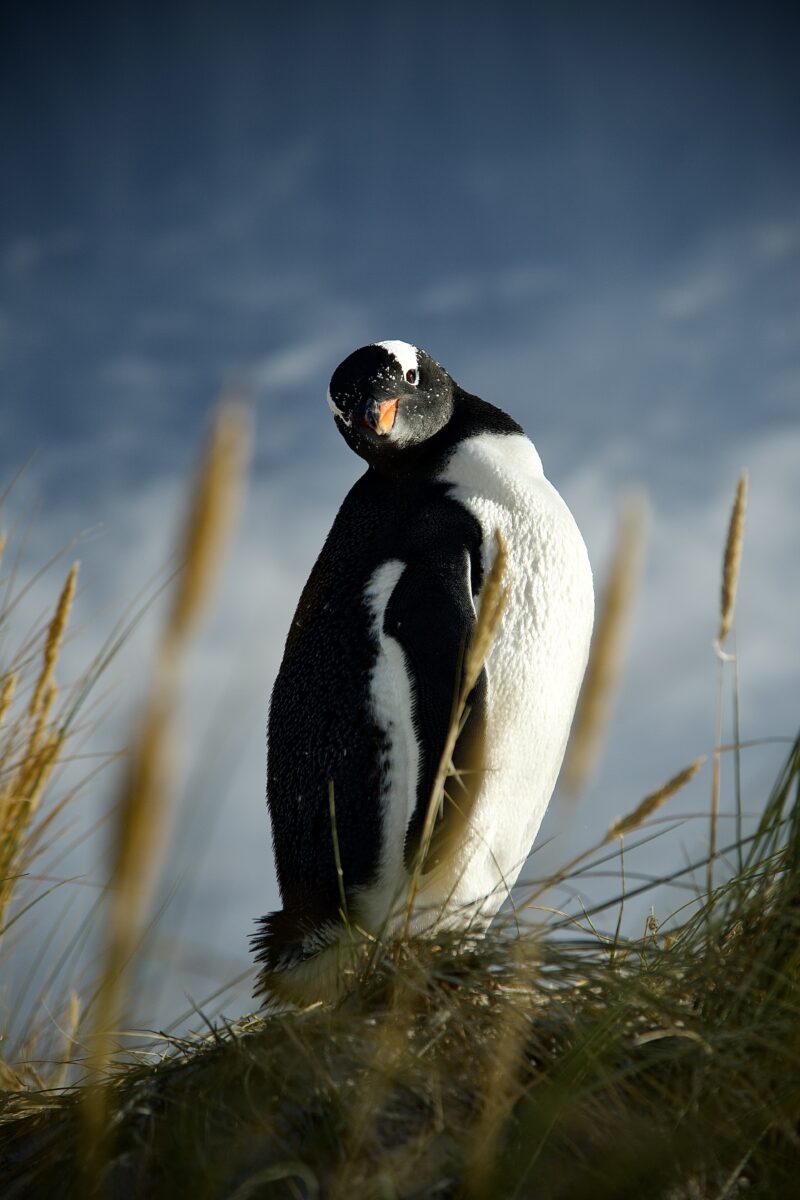
The connection between land and sea is a theme that keeps being highlighted throughout my scholarship year. My next opportunity took me to the Falkland Islands to investigate how land management has impacted the underwater world.
Curious gentoo penguins are abundant in the Falkland Island. Photo: Millie Mannering
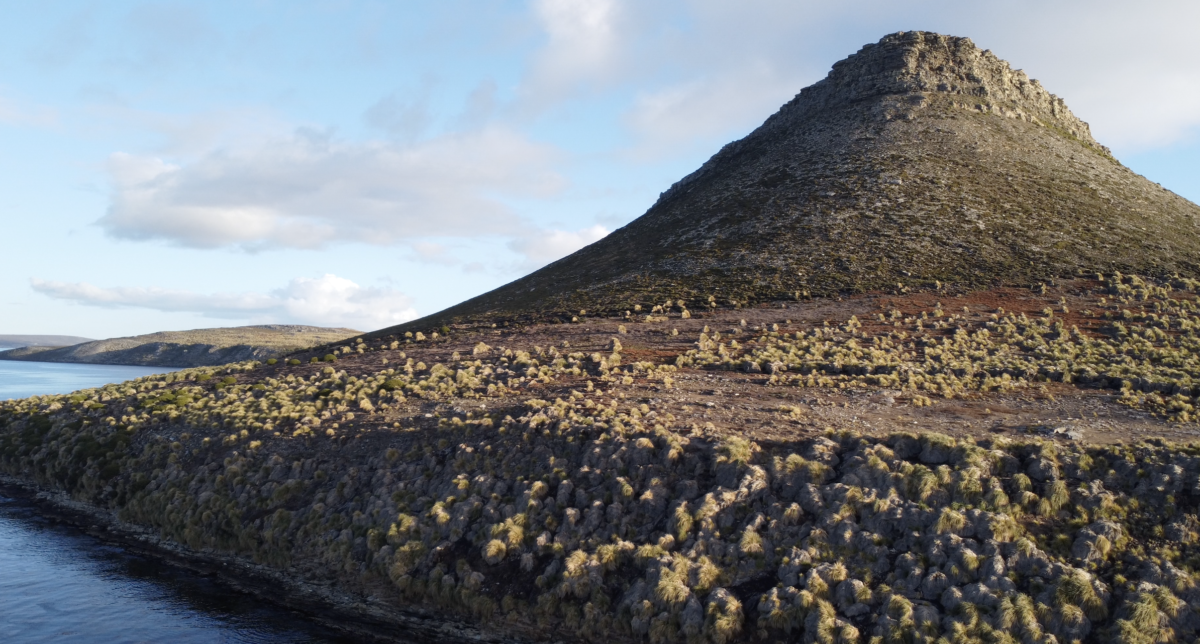

Hummock Island has limited tussac coverage and is fringed by spectacular kelp forests. Photos: Millie Mannering
I joined the South Atlantic Environmental Research Institute in the Falkland Islands for an expedition to Hummock Island on the remote Western Coast. As part of the scientific dive team, our aim was to investigate peat erosion impacts on the marine environment from historic sheep grazing on Hummock Island. Diving in both the highly affected and pristine sites made me aware of the impact peat has on the kelp forest, biodiversity and ecological health of the marine environment.
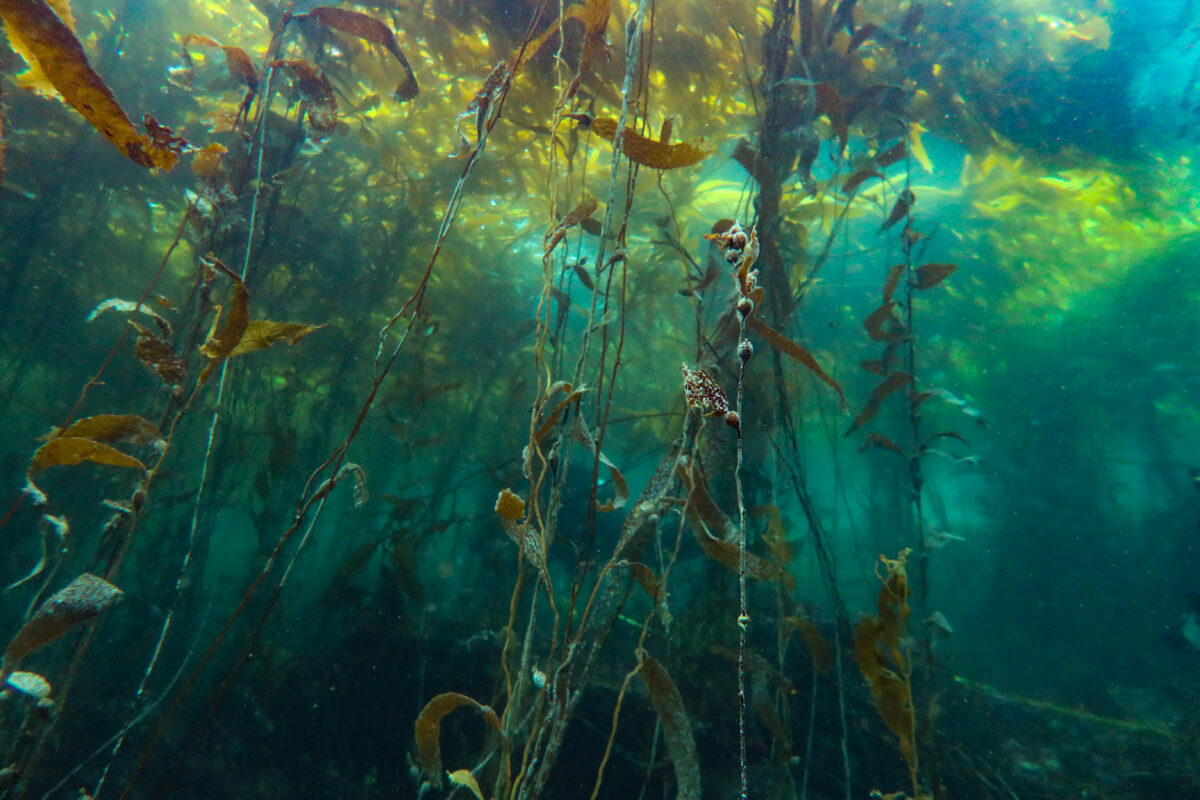
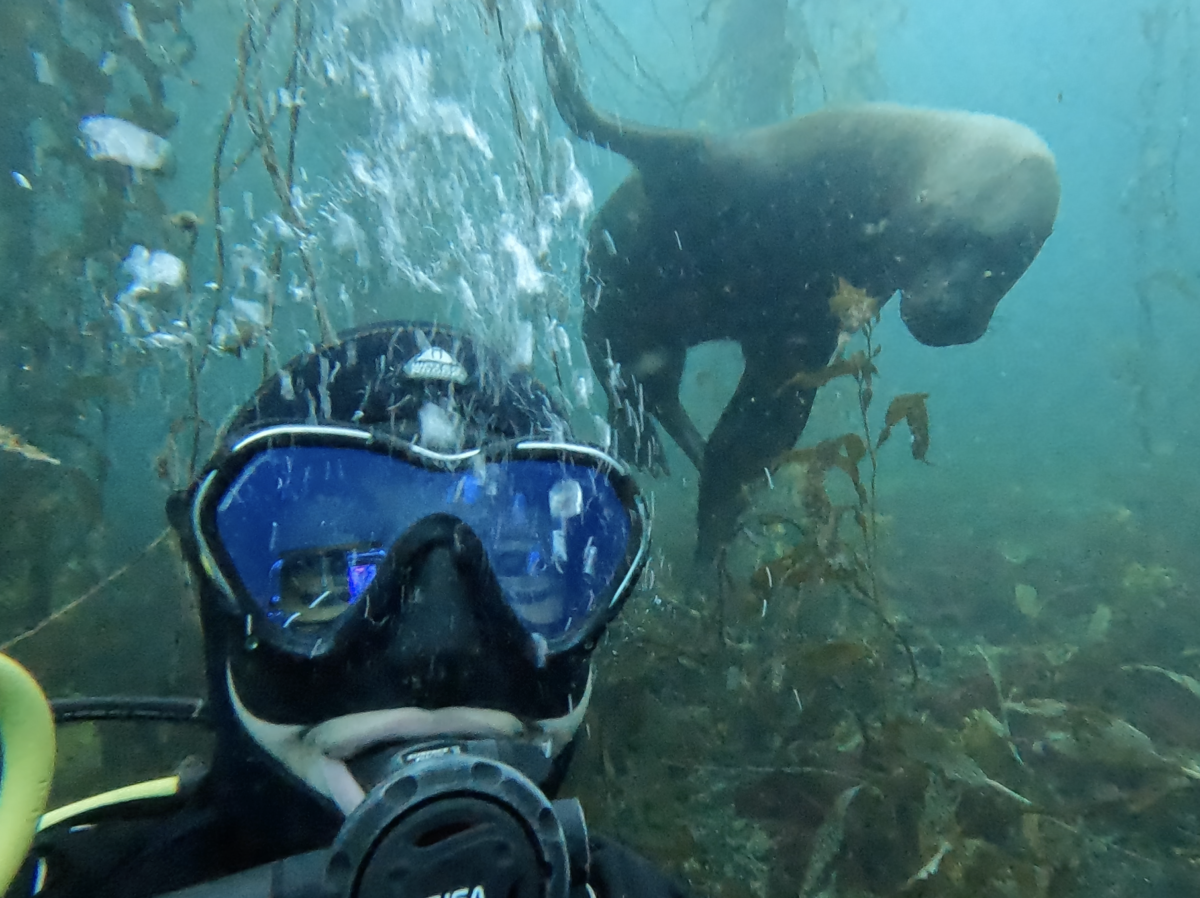
I loved diving through the kelp forest and meeting very curious marine mammals! Photos: Millie Mannering
Historically used as farmland, sheep grazing has caused significant loss of tussac grass. This has resulted in accelerated peat erosion on the island with the fine black sediment being blown straight off the land and into the sea. We assessed the affect of peat erosion on the marine benthic community through a variety of methods. Diving in both the highly affected and pristine sites made me aware of the impact peat has on the kelp forest, biodiversity and ecological health of the marine environment.
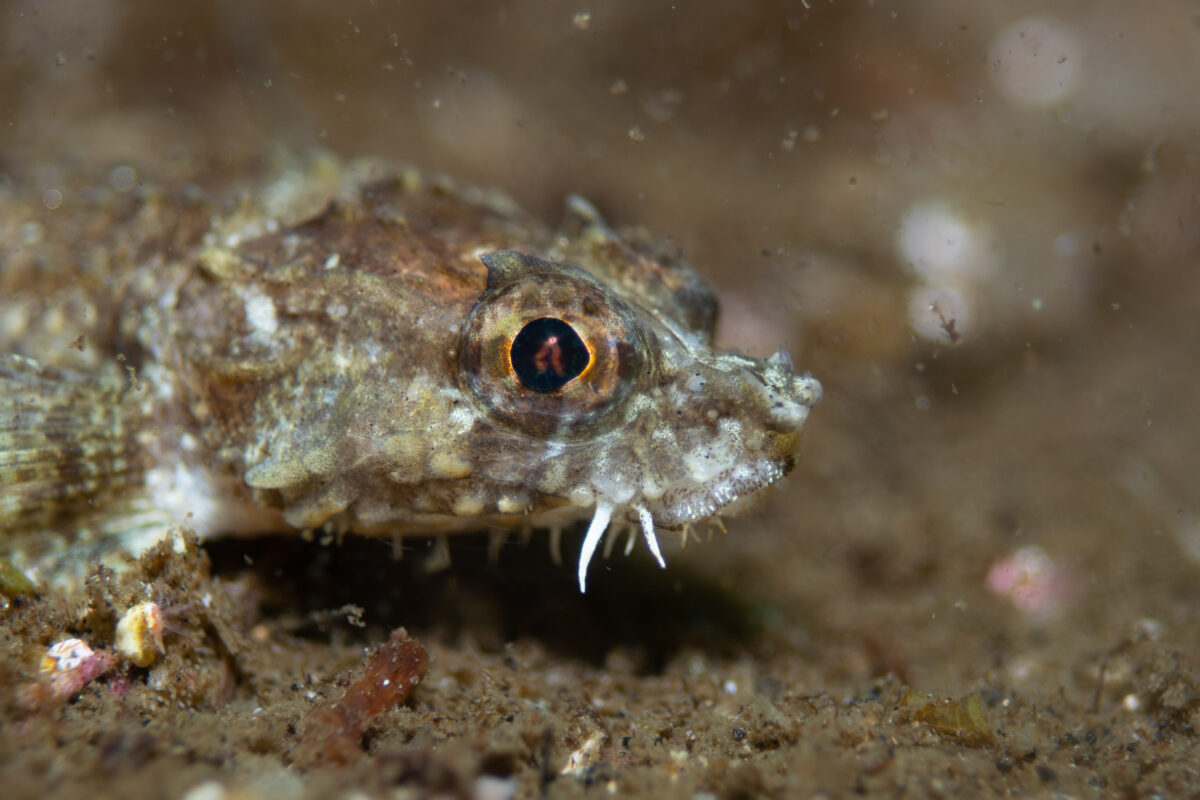
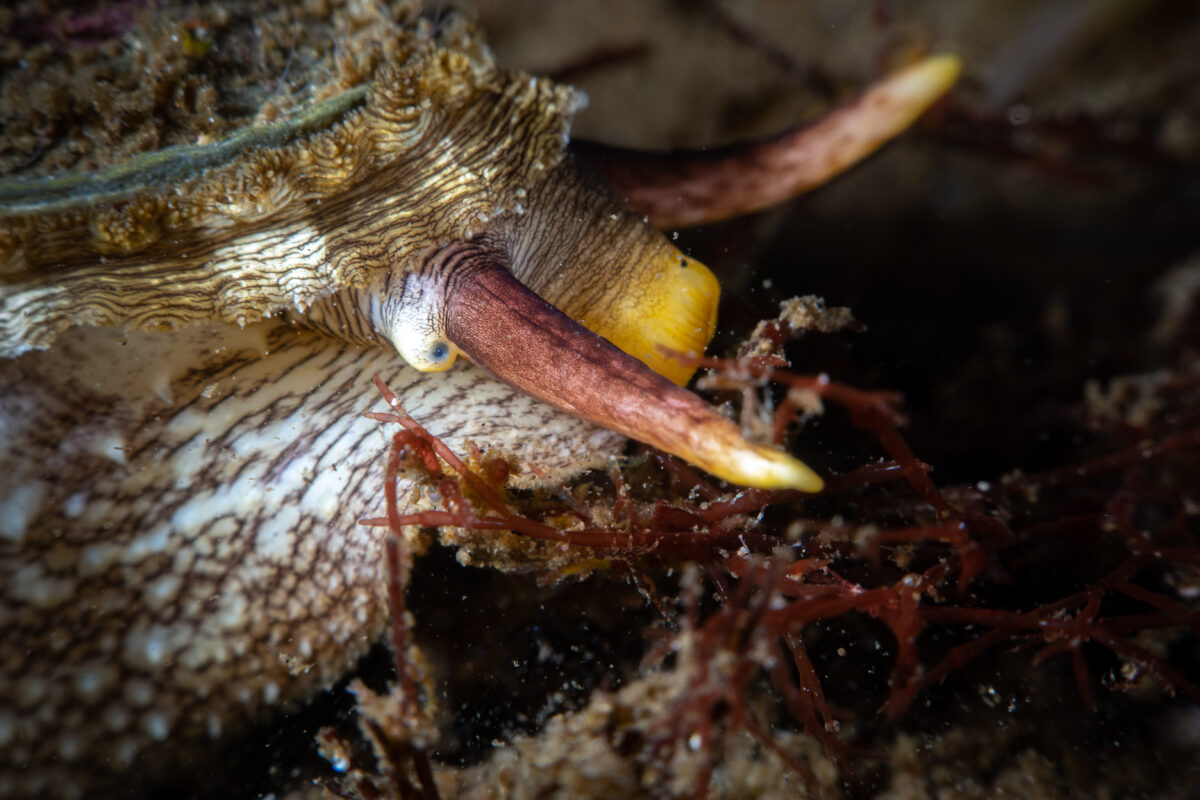
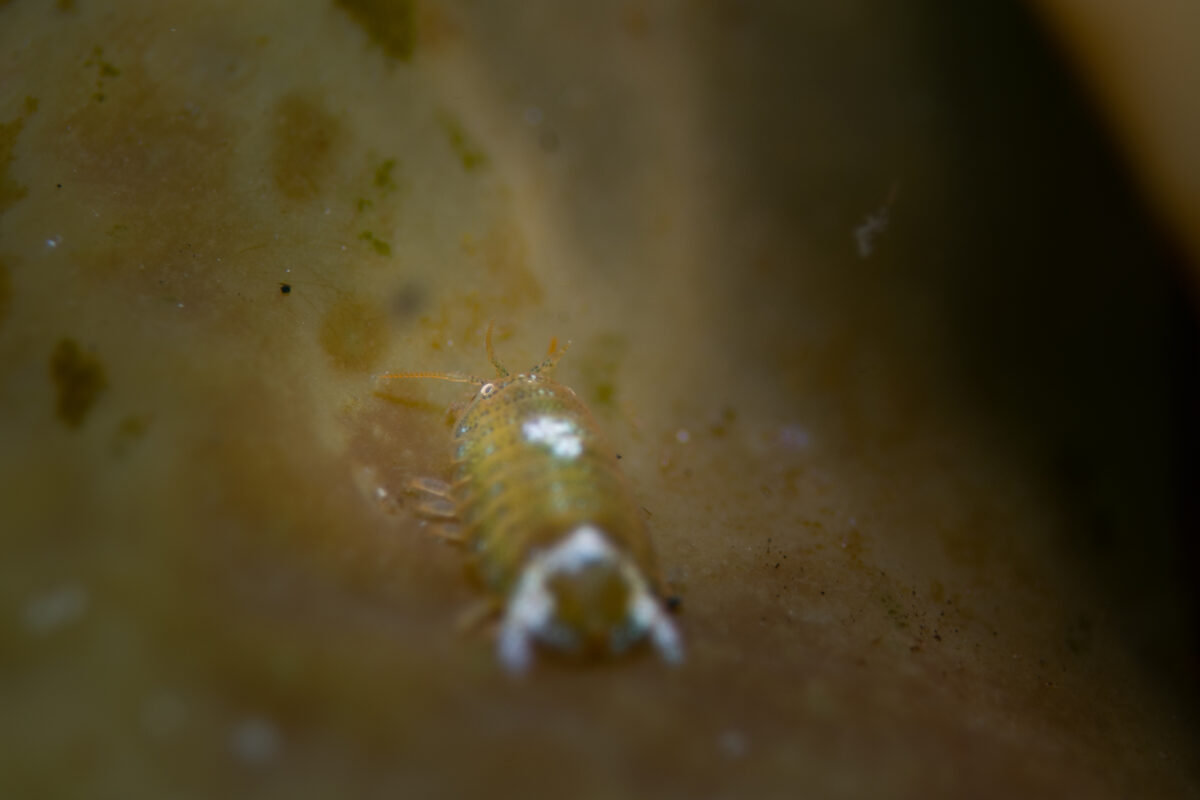
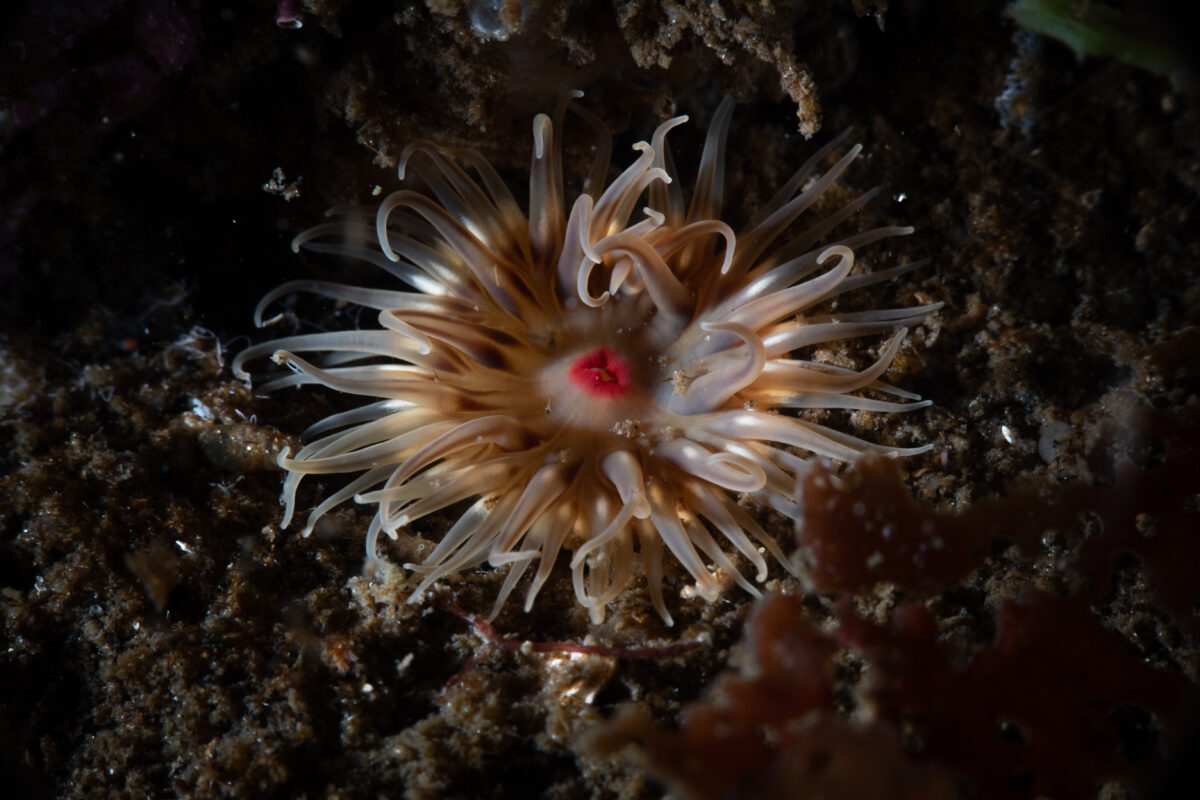
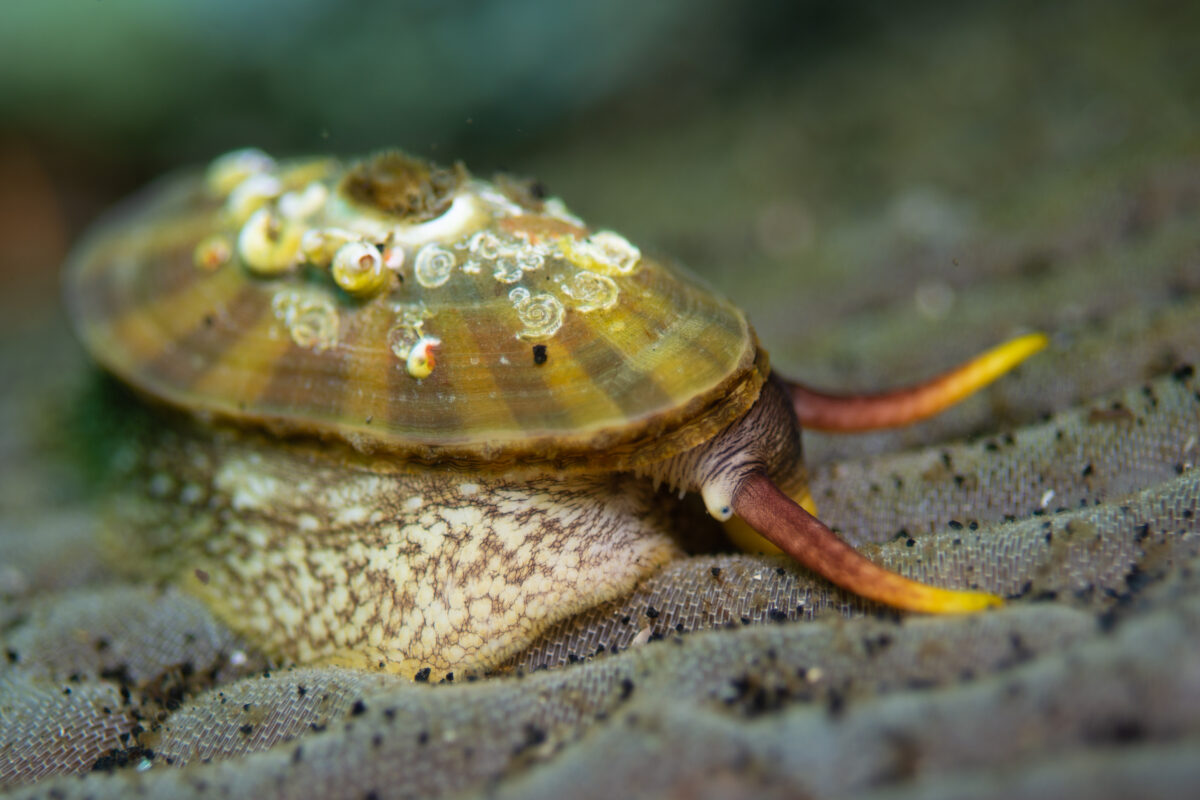
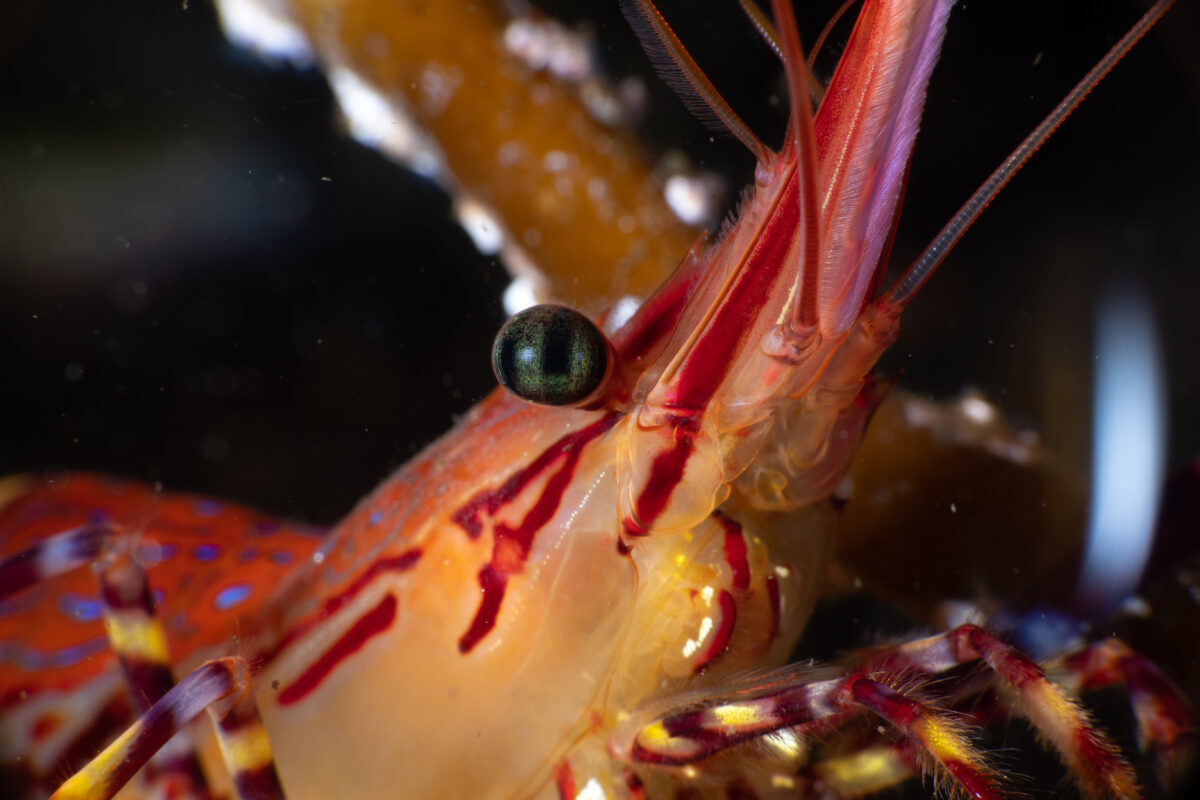


I enjoyed the opportunity to focus on underwater photography and capture the incredible diversity of life! Photos: Millie Mannering
I was overwhelmed with the abundance of marine life and diversity in the Falklands. I am very excited that through underwater photography, my images will contribute to a field guide to the area. We also used baited remote underwater video and remote operating vehicles to examine the impacted sites.

Ken Passfield from the Antarctic Research Trust, happy to be engulfed by mature tussac on Hummock Island. Photo: Millie Mannering
It was inspiring to learn of the Antarctic Research Trust’s work to replant tussac and restore the island. Collaborative projects, such as these on Hummock Island, are essential to our understanding of anthropogenic impacts and the re-wilding of our environment. Having experience conducting research throughout the temperate regions, I found the opportunity of build on my background and knowledge rewarding.
Thank you to the South Atlantic Environmental Research Institute as well as Executive Director, Paul Brickle, for hosting me during my time in the Falkland Islands. It was awesome to be welcomed into the Shallow Marine Surveys Group for this expedition and I am very grateful for the knowledge I have gained and the fun times we shared during our surveys. Thank you also to Ken and Sally for your support and sharing your wealth of experience.
Thank you to the Our World Underwater Scholarship Society and Rolex for making the scholarship possible. I would also like to thank my equipment sponsors Reef Photo and Video, Nauticam and Light and Motion as well as TUSA, Waterproof, Tabata Australia and Suunto.
Trip Tune: Hannah – Luca Fogale
Top Tip: Never leave your food unattended in the Falklands, the Johnny Rooks (striated caracara) will get it !
Thank you for joining me, above and beneath the surface, on my adventures throughout the scholarship year. Follow along with my next adventure on Instagram, or flick me an email!
Thank you for following along with my journey and reading my blogs. It has been a privilege to share my background, my motivations and my learnings throughout this year with you all.